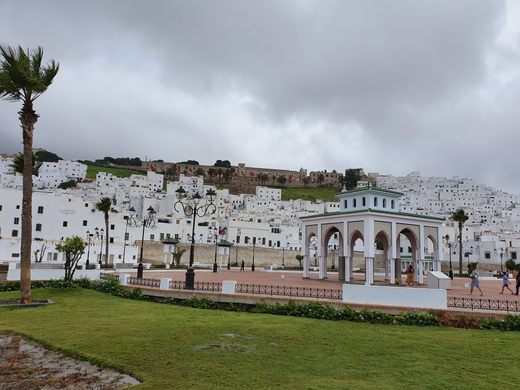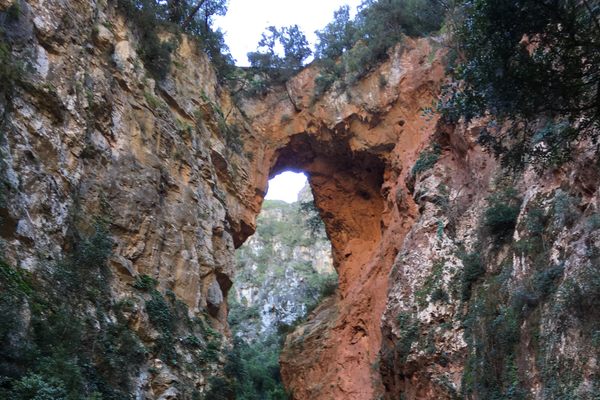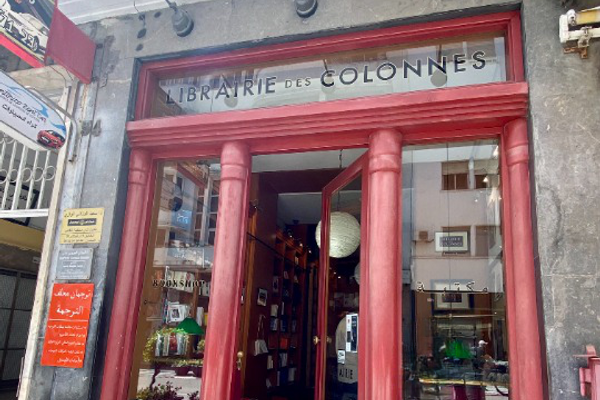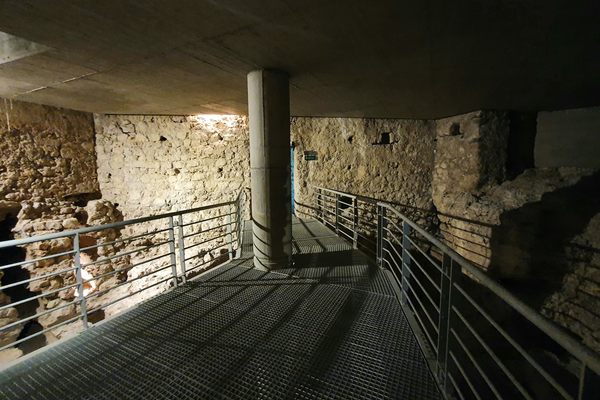Medina of Tétouan
At this faithfully preserved medina off the Moroccan tourist circuit you can walk through six centuries of history in one day.
The city of Tétouan occupies a dramatic juncture in the landscape of northern Morocco. Cascading down the northern escarpment of the Rif Mountains, it stops just short of the Mediterranean’s soft, sandy beaches that are reputed as some of the best in the country. The city itself is a palimpsest of the last 800 years of migrations from northern Africa and the Iberian peninsula, and at its labyrinthine heart is the medina — a smaller but more faithfully preserved version of that in Fez.
Like Fez, Tétouan grew up in the reign of the Maranid Dynasty. Although Arab and European documents attest to a settlement here from the early 8th century, it was not until the Maranid conquest of northern Africa in the 13th and 14th centuries that Tétouan came into its own. In 1286, the Maranids built the Kasbah and the oldest mosque that still stands in the city.
In the 14th century, Tétouan became a defensive strongpoint against a rebellious Ceuta, a town some 60km to the north. As the Catholic forces of the Kingdom of Castile in northern Spain began to pressurize the Islamic kingdoms of Al-Andalus, the effects were felt too in Tétouan: Thousands of refugees from the Islamic kingdom of Grenada fled their homes and settled here, on the other side of the Straights of Gibraltar. Throughout the 15th and 16th centuries, Tétouan became a hub for these refugees, who brought with them their own Andalusian traditions and customs.
For true Tétouanians, the city’s identity is fundamentally Andalusian. The diversity of those refugees from Al-Andalus — Jews, Morisques, Mudejars — forms the essence of a single, united identity today.
The medina testifies to this great diversity. Because of its relatively small size, a visitor can walk through six centuries of history in one day: from the 14th-century Kasbah of Sidi al-Mandari, to the mosques of the 16th and 17th centuries, and the 20th century Jewish quarter. Each quarter bears the architectural stamps of its origin.
Some of the city’s most fascinating stories took place below its streets: In the 16th century, 3,000 Christian slaves spent their nights in the natural caves that run from east to west under the city. Later, in 1740 to 41, some 140 Spanish and Portuguese slaves were also held captive here. The altars the set up to the saints of their respective villages still exist beneath the streets of the medina, if you know where to look.
In the economic shadow of larger towns such as Tangier and Fez, and indeed trailing nearby Chefchaoen in terms of international visitors, Tétouan has instead established itself as a centre of the Andalusian culture that is so key to its heritage. There is a prestigious fine arts school (Dar Sanaa) as well as a renowned annual international lute festival, the International Festival of Mediterranean Film, and many other concerts and events that occur throughout the year.
Being off the tourist circuit means that Tétouan has remained mercifully free of the demands of the international tourism industry. Instead of striving to be part of this “exotic” tourists’ Morocco, it has rather chartered its own course, and retains that sense of cultural independence today.
Know Before You Go
There are 4 daily buses from Tangier to Tetouan, starting around 20 MAD (Dirham) one way. In order to get to Tangier, there are frequent flights from Europe to Tangier International Airport (Ibn Battuta).


















Follow us on Twitter to get the latest on the world's hidden wonders.
Like us on Facebook to get the latest on the world's hidden wonders.
Follow us on Twitter Like us on Facebook